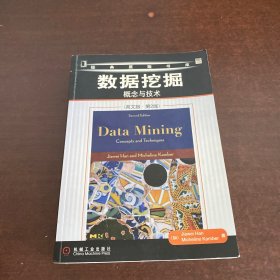
数据挖掘:概念与技术(原书第2版)
¥ 6 九品
仅1件
北京昌平
认证卖家担保交易快速发货售后保障
作者[加]韩家炜 著
出版社机械工业出版社
出版时间2006-04
版次1
装帧平装
货号108
上书时间2024-04-30
- 最新上架
商品详情
- 品相描述:九品
图书标准信息
- 作者 [加]韩家炜 著
- 出版社 机械工业出版社
- 出版时间 2006-04
- 版次 1
- ISBN 9787111188285
- 定价 79.00元
- 装帧 平装
- 开本 16开
- 纸张 胶版纸
- 页数 770页
- 原版书名 Data Mining: Concepts and Techniques
- 丛书 经典原版书库
- 【内容简介】
-
我们产生和收集数据的能力正在快速增长。除了大多数商业、科学和政府事务的日益计算机化会产生数据之外,数码相机、发布工具和条码的广泛应用也会产生数据。在数据收集方面,扫描的文体和图像平台、卫星遥感系统和国际互联网已经使我们的生活被巨大的数据量所包围。这种爆炸性的数据增长促使我们比以往更迫切地需要新技术和自动化工具来帮助我们将这些数据转换为有用的信息和知识。
本书第1版曾被KDnuggets的读者评选为最受欢迎的数据挖掘专著,是一本可读性极佳的教材。它从数据库角度全面系统地介绍了数据挖掘的基本概念、基本方法和基本技术以及数据挖掘的技术研究进展,重点关注其可行性、有用性、有效性和可伸缩性问题。但是,自第1版出版之后,数据挖掘领域的研究又取得了很大的进展,开发出了新的数据挖掘方法、系统和应用。第2版在这一方面进行了加强,增加了多个章节讲述最新的数据挖掘方法,以便能够挖掘出复杂类型的数据,包括流数据、序列数据、图结构数据、社群网络数据和多重关系数据。
本书适合作为高等院校计算及相关专业高年级本科生的选修课教材,特别适合作为研究生的专业课教材,同时也可供从事数数据挖掘研究和应用开发工作的相关人员作为必备的参考书。
本书主要特点是:全面实用地论述了从实际业务数据中抽取出的读者需要知道的概念和技术。更新并结合了来自读者的反馈、数据挖掘领域的技术变化以及统计和机器学习方面的更多资料。包含了许多算法和实际示例,全部以易于理解的伪代码编写,适用于实际的大规模数据挖掘项目。 - 【作者简介】
-
JiaweiHan伊利诺伊大学厄巴纳一尚佩恩分校计算机科学系教授。由于在数据挖掘和数据库系统领域卓有成效的研究工作,他曾多次获得各种荣誉和奖励,其中包括2004年ACMSIGKDD颁发的创新奖。同时,他还是《ACMTrarlsactiorlsonKrlowledgeDiscoveryfronlData》杂志的主编,以及《IEEETrarlsactiorls0nKrlowledgeandDataEngirleering》和《DataMirlingandKrlowledgeDiscovery》杂志的编委会成员。
MichelineKamber拥有加拿大康考迪亚大学计算机科学硕士学位,现在加拿大西蒙·弗雷泽大学从事博士后研究工作。 - 【目录】
-
Forewordvii
Prefaceix
Chapter1Introduction
1.1WhatMotivatedDataMining?WhyIsItImportant?
1.2So,WhatIsDataMining?
1.3DataMining-OnWhatKindofData?
1.3.1RelationalDatabases
1.3.2DataWarehouses
1.3.3TransactionalDatabases
1.3.4AdvancedDataandInformationSystemsandAdvancedApplications
1.4DataMiningFunctionalities---WhatKindsofPatternsCanBeMined?
1.4.1Concept/ClassDescription:CharacterizationandDiscrimination
1.4.2MiningFrequentPatterns,Associations,andCorrelations
1.4.3ClassificationandPrediction241.4.4ClusterAnalysis
1.4.5OutlierAnalysis261.4.6EvolutionAnalysis
1.5AreAllofthePatternsInteresting?
1.6ClassificationofDataMiningSystems
1.7DataMiningTaskPrimitives
1.8IntegrationofaDataMiningSystemwithaDatabaseorDataWarehouseSystem
1.9MajorIssuesinDataMining
1.10Summary
Exercises
BibliographicNotes
Chapter2DataPreprocessing
2.1WhyPreprocesstheData?
2.2DescriptiveDataSummarization
2.2.1MeasuringtheCentralTendency
2.2.2MeasuringtheDispersionofData
2.2.3GraphicDisplaysofBasicDescriptiveDataSummaries
2.3DataCleaning
2.3.1MissingValues
2.3.2NoisyData
2.3.3DataCleaningasaProcess
2.4DataIntegrationandTransformation
2.4.1DataIntegration
2.4.2DataTransformation
2.5DataReduction
2.5.1DataCubeAggregation
2.5.2AttributeSubsetSelection
2.5.3DimensionalityReduction
2.5.4NumerosityReduction
2.6DataDiscretizationandConceptHierarchyGeneration
2.6.1DiscretizationandConceptHierarchyGenerationforNumericalData
2.6.2ConceptHierarchyGenerationforCategoricalData
2.7Summary97Exercises97BibliographicNotes
Chapter3DataWarehouseandOLAPTechnology:AnOverview
3.1WhatIsaDataWarehouse?
3.1.1DifferencesbetweenOperationalDatabaseSystemsandDataWarehouses
3.1.2But,WhyHaveaSeparateDataWarehouse?
3.2AMultidimensionalDataModel
3.2.1FromTablesandSpreadsheetstoDataCubes
3.2.2Stars,Snowflakes,andFactConstellations:SchemasforMultidimensionalDatabases
3.2.3ExamplesforDefiningStar,Snowflake,andFactConstellationSchemas
……
Chapter4DataCubeComputationandDataGeneralization
Chapter5MiningFrequentPatterns,Associations,andCorrelations
Chapter6ClassificationadnPredidction
Chapter7ClusterAnalysis
Chapter8MiningStream,Time-Series,andSepuenceData
Chapter9GraphMining,SocialNetworkAnalysis,andMultirelational
Chapter10MiningObject,Spatial,Multimedia,Test,andWedData
Chapter11ApplicationsandTrendsinDataMining
AnIntroductiontoMicrosoftsOLEDBfor
Bibliography
Index
点击展开
点击收起
相关推荐
— 没有更多了 —














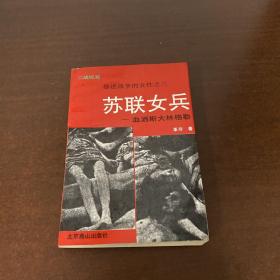


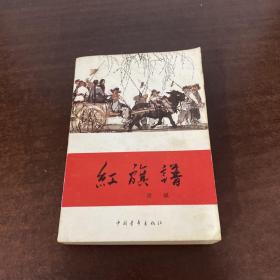



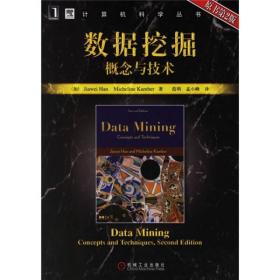

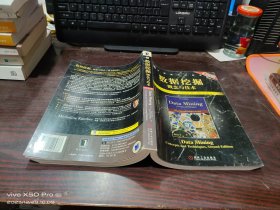
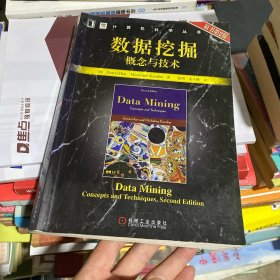

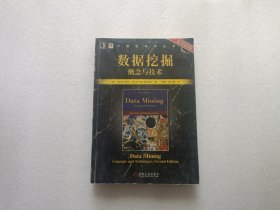
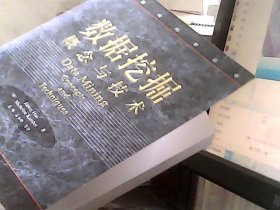
以下为对购买帮助不大的评价